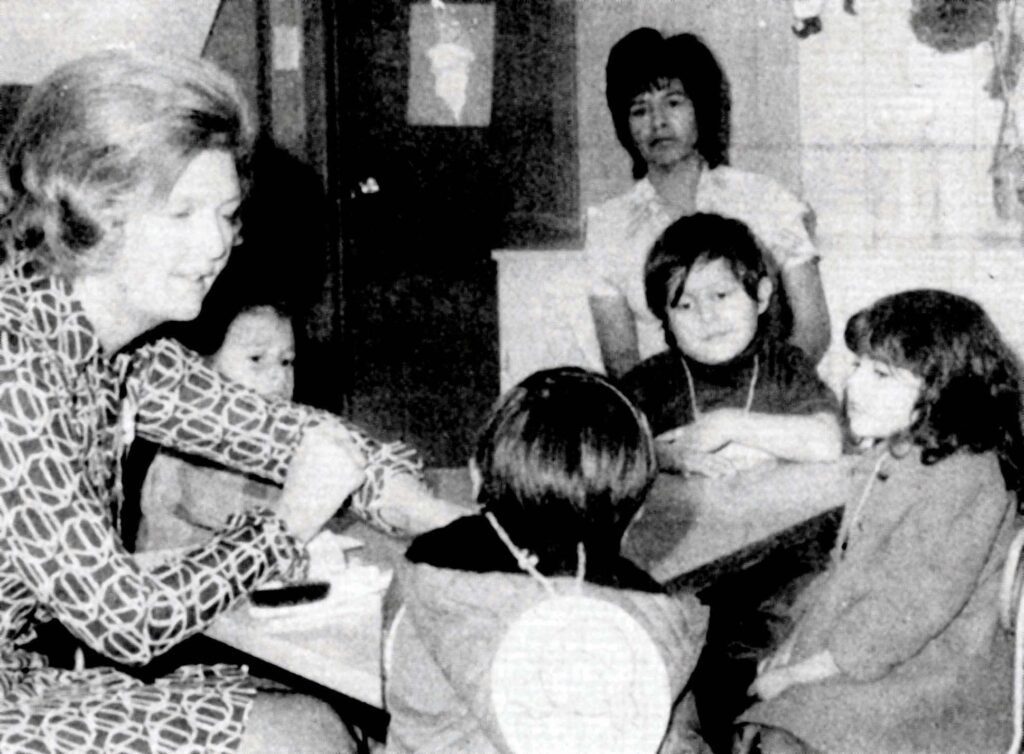photos courtesy Williamson Museum
In 1968, President Lyndon Johnson signed National Hispanic Heritage Week into law. In 1988, President Ronald Reagan expanded that observance into the month-long celebration we know today. Collectively, Americans celebrate National Hispanic Heritage Month from September 15 to October 15. The festival celebrates the history, culture, and contributions of those whose ancestors were born in Latin America, Spain, Mexico, the Caribbean, and Central and South America.
FIRST HOMESTEADERS
In 1747, Spanish priests settled the area and founded the short-lived San Xavier missions. Few settlers arrived for the next century but, in the early 1900s, Hispanic farmers and ranchers began to settle in and around Georgetown. These migrants traveled primarily from Mexico following the Mexican Revolution and settled in rural areas of Georgetown; working as farmers, ranch hands, construction workers, and laborers.
Among the notable names in the Georgetown community between 1900-1930 were the Zamora and Vanegas families. The Clarito Zamora Ranch, established in 1911, was among the most successful farms established by members of the Hispanic community. Valerio Vanegas, who settled in the area around 1917, was a skilled laborer, and brought with him gold mining, construction, carpentry, agricultural, and butchering experience. Families like these predominantly settled in the San Jose neighborhood of Central Georgetown, then known as the “San Jose Barrio,” where the majority of Georgetown’s Hispanic residents live today.
THE COMMUNITY

An important part of establishing their community included building the first Hispanic churches and schools.
Georgetown’s churches included St. Helen’s Catholic Church, Gethzemani United Methodist church and Iglesia Getsemani CLADIC Pentecostal, the first Pentecostal church in Georgetown. These congregations still exist, but the buildings have grown or relocated to support growth.
Before 1940, when schools in Georgetown integrated to allow Hispanic students to attend, the Escuela Mexicana (Mexican school) educated the children of Hispanic families (photo). When policy changes allowed them to attend Annie Purl Elementary, the Mexican school closed.
In 1970, the ISD worked with community leaders to develop programs for children of low income and migrant workers that mirrored preschool and kinder programs.
In 1979, Los Unidos Club, Georgetown’s first Hispanic social service club, formed to preserve culture, facilitate service projects, and be a link between Hispanics and their neighbors in the community. They awarded their first scholarships in 1980.
Today, at 22 percent, Hispanics are the second largest, and fastest-growing ethnic group in Georgetown. Most members of the community are concentrated in the San Jose and Grasshopper neighborhoods. The local elementary, high school districts, and universities also reflect the growing Hispanic population in their graduating classes and university enrollment.

Hispanics in our city represent a vibrant community that includes leaders, artists, and businesses, all of which contribute to the city’s diverse cultural landscape. Throughout this month, members of the community are highlighting this landscape through hosted events to be enjoyed by the entire family.
The Williamson Museum Sept 15-Oct 15
September 25, October 2 and 9, 10am-5pm
Hispanic Heritage themed come-and-go crafts
Georgetown Public Library
Friday September 24 beginning at 7pm
Outdoor screening of the Disney movie “Coco” and crafts beginning at 7pm. The movie will begin at dusk. Bring chairs, blankets, and snacks.
September 25 • 2pm
Performance by Mexico 2000 Ballet Folkorico. Tickets for the performance will be handed out on a first come first serve basis beginning at 1pm. Masks are encouraged.
Next month, we will feature some of the Hispanic pioneers of Georgetown, and a few of our greatest leaders.
